What Hi-Fi? Verdict
Simply put, this is the best 42-inch TV there’s ever been
Pros
- +
Superbly dynamic, punchy picture
- +
Flawless gaming specs
- +
App-packed operating system
Cons
- -
Not as sharp as some rivals
- -
Sony’s motion is even better
- -
Average sound quality
Why you can trust What Hi-Fi?
For years now, those with modestly proportioned rooms have been barred from owning the best TVs. It took until 2020 for the first 48-inch OLED TV to hit shops, and even 48 inches is far too big for many living rooms. You’d have thought that manufacturers would have released flagship LCD sets to fill the obvious void but, broadly speaking, the quality of non-OLEDs smaller than 55 inches has until very recently been disappointing.
2022, though, is the year that true flagship performance hits the TV small time, because 42-inch OLEDs are finally available, starting with LG’s OLED42C2. To cut a long story short, it’s the best 42-inch TV there’s ever been.
Price
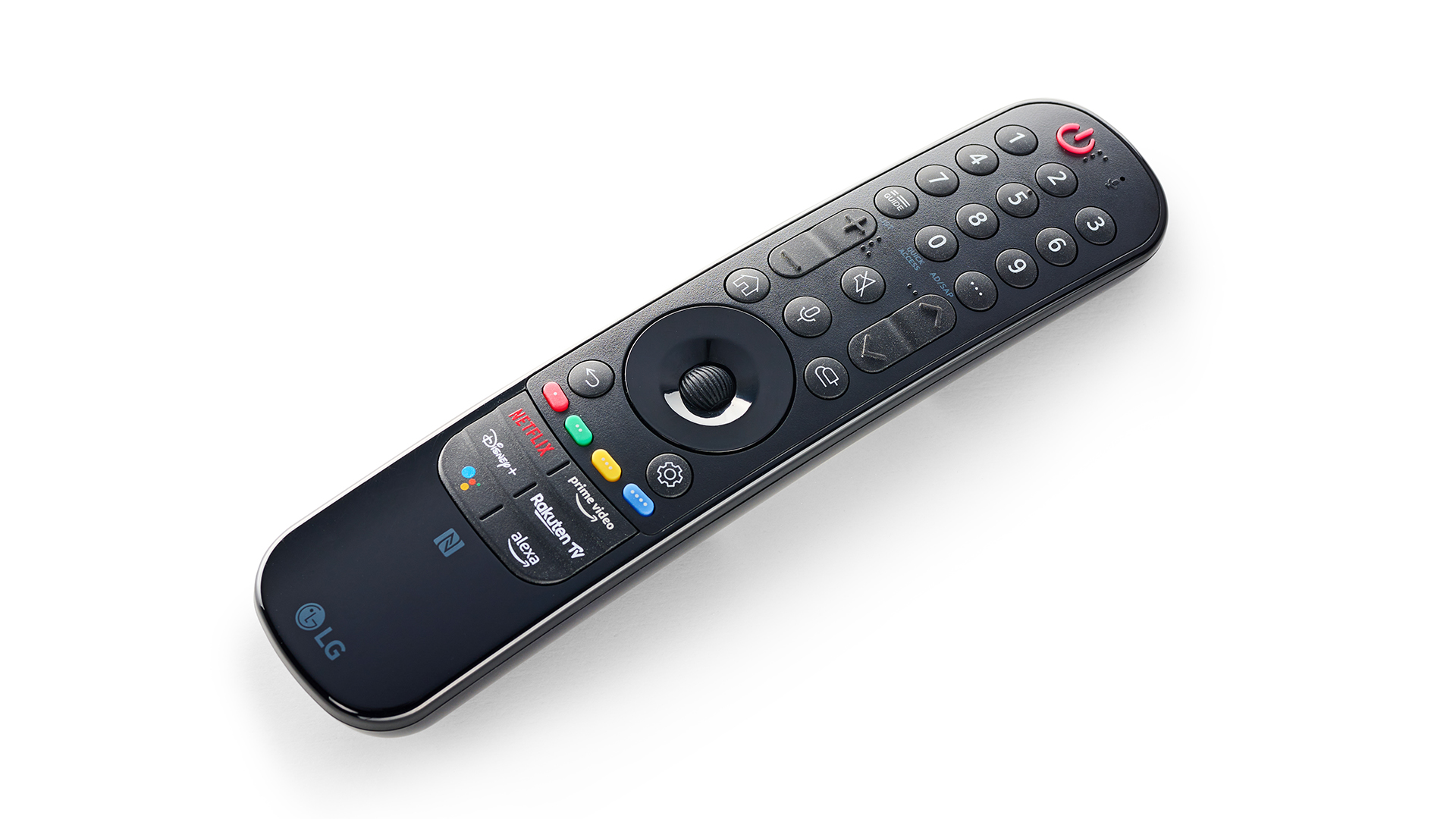
The OLED42C2’s launch price was £1399 / $1400 / AU$2695 which, we suspect, would be considered by most to be a very high price to pay for a 42-inch TV. Thankfully, discounting has been swift and substantial, and the price has now dropped to £999 / $1150 / $2295 – still pricey for a TV this size, of course, but more attainable and pretty reasonable considering it’s the first of its kind.
The new 42-inch OLED panel that features in the C2 is also part of the Sony XR-42A90K, which even after its own round of discounts is priced at an eye-watering-for-the-size £1399 / $1250 / AU$2795. UK buyers also have no fewer than three different 42-inch Panasonic OLEDs to choose from: the TX-42LZ800B (£1199), TX-42LZ980B (also £1199) and TX-42LZ1500B (£1399).
Perhaps the most pertinent question potential buyers will be asking themselves, though, is whether to go for the LG C2 OLED or Samsung’s QN90B ‘Neo’ QLED, which is currently priced at £899 / $1100 / AU$1999.
Design

In a world now dominated by TVs that are 55 inches and bigger, the OLED42C2 looks decidedly bijou. Let’s remember, though, that it wasn’t all that long ago that 42 inches was considered very large for a television, and it’s still an excellent size for smaller living rooms and larger bedrooms.
LG’s also aware that there’s a market for smaller OLEDs as monitors for work and games, which is one of the reasons it’s decided to replace the pedestal stand of the larger C2 models with two blade-like feet that take up less desk space.
The latest hi-fi, home cinema and tech news, reviews, buying advice and deals, direct to your inbox.
Feet detached, the set is 4.1cm (1.6 inches) thick, and that thickness is more or less universal, with just a few centimetres of the sides and back of the panel’s rear that aren’t covered by the plastic chassis work that houses the processing hardware, connections and speakers.
All told, the 42-inch C2 is minimalist to the point of looking a bit plain. That won’t (and shouldn’t) be an issue for most people, but those looking for the sort of bling that sometimes adorns a gaming monitor might want to look elsewhere.
Features
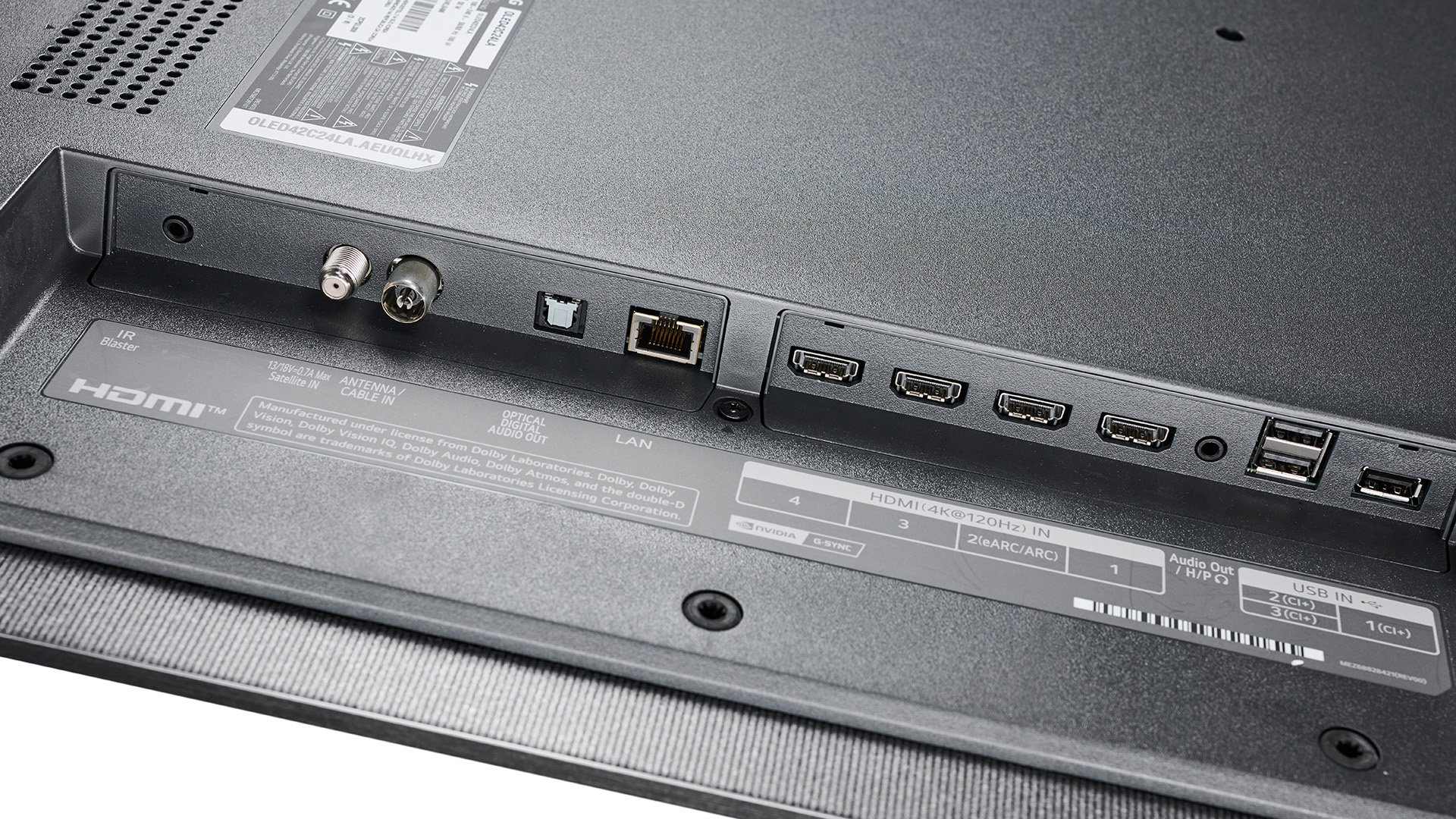
While in most ways the 42-inch C2 is simply a miniaturised version of its larger siblings, there is one key feature difference – neither it nor the 48-inch model go as bright as the versions that are 55 inches and bigger. This is despite the ‘OLED Evo’ branding, which LG explains doesn’t refer simply to a panel type, but to the overall combination of picture hardware and software. The reason these smaller OLED TVs aren’t as bright as larger models is apparently that the individual OLEDs (Organic Light Emitting Diodes) can’t be driven as hard (or bright) on account of how tightly packed together they are.
It’s worth remembering, too, that LG’s 55-inch-plus C2 OLEDs have had a brightness increase this year and it’s only this that the OLED42C2 and OLED48C2 miss out on. They should still be at least as bright as last year’s C1 OLED TVs, which certainly weren’t dull.
The processing hardware of the 42-inch C2 is identical to that of its larger siblings, which is to say that it’s the new Alpha 9 Gen 5 processor. This isn’t hugely different to last year’s Alpha 9 Gen 4, but it does bring with it an upgrade to AI upscaling that removes a step that could potentially add unwanted artefacts, and a new Dynamic Tone-mapping Pro Algorithm that subdivides the screen into more discrete areas (by an order of 10) for more granular enhancement.
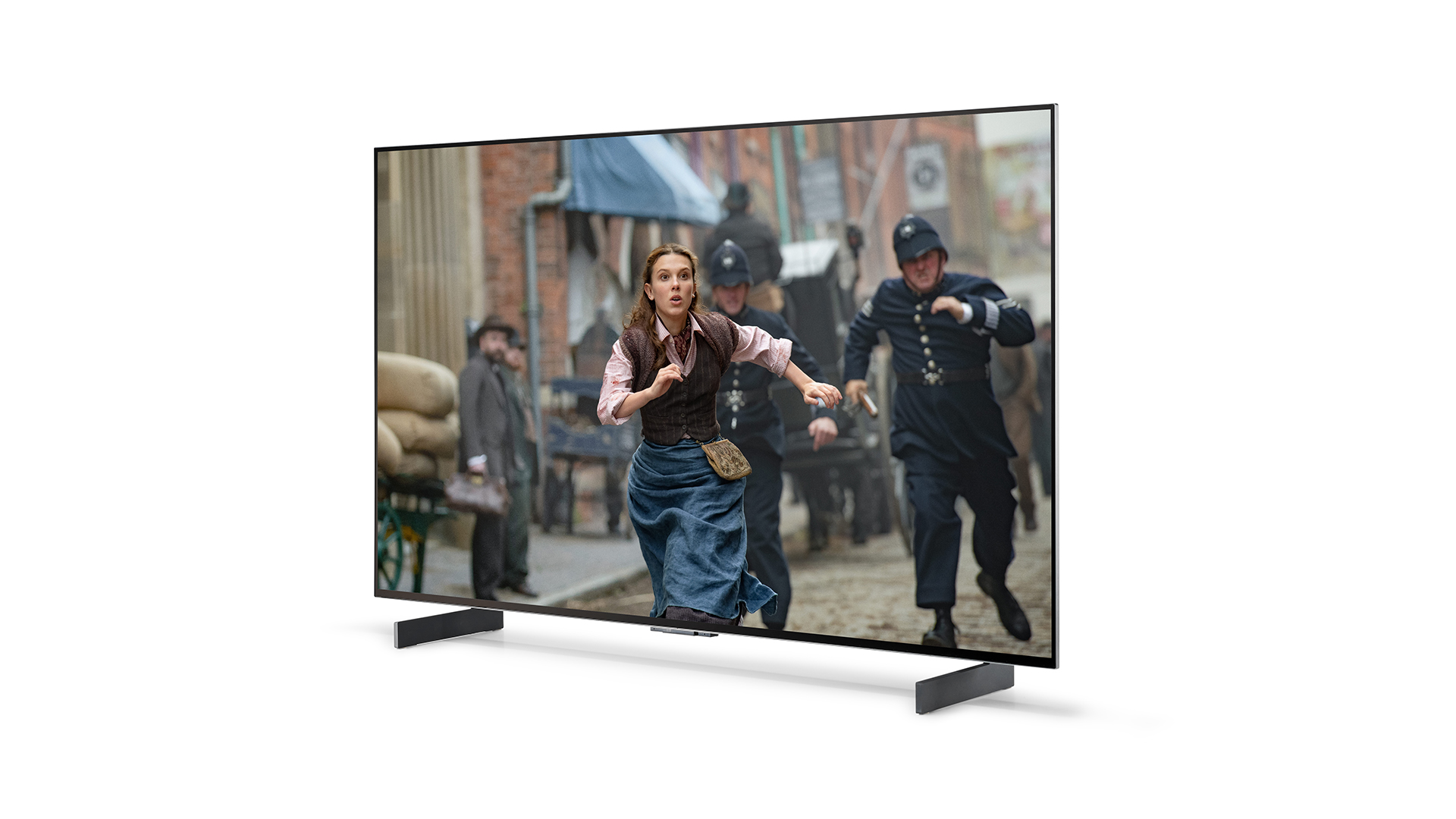
Screen size 42 inches (also available in 48in, 55in, 65in, 77in, 83in)
Type OLED
Resolution 4K
HDR formats HLG, HDR10, Dolby Vision
Operating system webOS22
HDMI inputs x4
HDMI 2.1 48Gbps, x4
Gaming features 4K/120, VRR, ALLM, HGiG, Dolby Vision gaming
ARC/eARC eARC
Optical output? Yes
Dimensions (hwd, without stand) 54 x 93 x 4.1cm
The Alpha 9 Gen 5 is also apparently partly responsible for the C2’s ability to handle a new version of Dolby Vision, snappily called Dolby Vision IQ with Precision Detail. As the name suggests, this is a new layer on top of Dolby Vision IQ (which involves the optimisation of Dolby Vision content according to ambient lighting conditions) that involves adjusting contrast and brightness in order to dig up more detail, particularly in dark scenes. Truth be told, Dolby Vision IQ with Precision Detail doesn’t add a huge amount to what is (spoiler alert) already a superb Dolby Vision performance and, in fact, there are moments that it adds shimmer to the image. It could be improved by software updates and could become more of a selling point in the future, but we’re choosing to leave this feature switched off for now.
No improvement is necessary on the gaming front. The 42-inch C2, like its siblings, boasts four 48Gbps HDMI 2.1 sockets that can handle 4K/120Hz signals from the Xbox Series X, PS5 and flagship PC graphics cards. Every other major gaming spec is supported too, including VRR and ALLM, and there’s an excellent HGiG mode that produces more accurate results from many HDR games. What’s more, LG’s C2, G2 and Z2 OLEDs are unique in supporting Dolby Vision gaming right up to 4K/120Hz. Input lag, meanwhile, comes in at under 10ms when Boost Mode is activated, which is lightning-fast. In short, there’s no better TV if next-gen gaming is your thing.
If you’re more of a TV and movie fan, you should be equally charmed by the C2’s offering, as the webOS22 platform is almost flawlessly app-packed. Not only is every streaming service you’re ever likely to need available, but all of the content that should be in 4K, Dolby Vision and/or Dolby Atmos is.
Picture

While there have been brighter TVs at this size, there’s never been one with this kind of contrast. Watching the night time attack on New Asgard in Thor: Love And Thunder, the combination of inky blacks and pure whites is intoxicating. There’s no raising or lowering of brightness as the ratio of light to dark ebbs and flows from shot to shot – there’s instead a consistency that means you’re never distracted from the action by the way in which it’s interpreted by the display.
And while an LCD-based TV such as the Samsung QN90B is capable of going brighter than an OLED such as this, it typically won’t produce highlights in very dark scenes with anything like the same intensity for fear of its backlight creating an unpleasant bloom. Take the basement scene at the start of It, for example; the LG C2 reproduces the ‘eyes’ that poor Georgie sees as sparkling, threatening glints in the terrifying darkness, whereas the QN90B reproduces them so dimly that much of the terror is neutered.
If talk of inky blacks and bright highlights leaves you with the impression of an unsubtle performance, you couldn’t be more wrong. The C2 strikes a near-perfect balance between black depth and shadow detail, exaggerating neither. You see what you’re supposed to see without there being any sacrifice to the dramatic intensity of the darkest parts of the picture.
The C2 has an excellent way with colours, too. While the Sony XR-42A90K looks more authentic at times, it also occasionally makes a scene or character look somewhat pale. The C2, by comparison, might be a little warmer and richer in its balance than is truly correct, but its tonality never looks unnatural, it's always pleasing to the eye, and is consistent across shots and scenes. It also has a rare ability to distinguish between shades, ensuring that Bond’s tan suit stands out from the similarly beige stonework and light-brown hillside of Matera in the No Time To Die 4K Blu-ray.
Where the Sony A90K certainly has the upper hand is in its motion processing which, on the right setting, perfectly balances smoothing and naturalism. The LG C2 is clearly capable of similar feats in theory, but it lacks a Goldilocks setting. With TruMotion switched off entirely or set to the Cinematic Movement option there’s just a bit more judder and blur than is ideal, and the Natural setting, while great most of the time, very occasionally introduces a slight soap opera effect and a little bit of shimmer. To be clear, the C2’s motion is very good by overall TV standards, but the available settings force a slight compromise that you don’t have to make with the (far more expensive) Sony set.
Ultimately, though, this is the only way in which the C2 isn’t perfectly balanced. It’s punchy but controlled, vibrant but natural, sharp but not exaggerated. What’s more, very little adjustment is required on the part of the user, thanks to the quality of the presets. The biggest decision you have to make is which of the TruMotion settings is most satisfying to you.
Sound
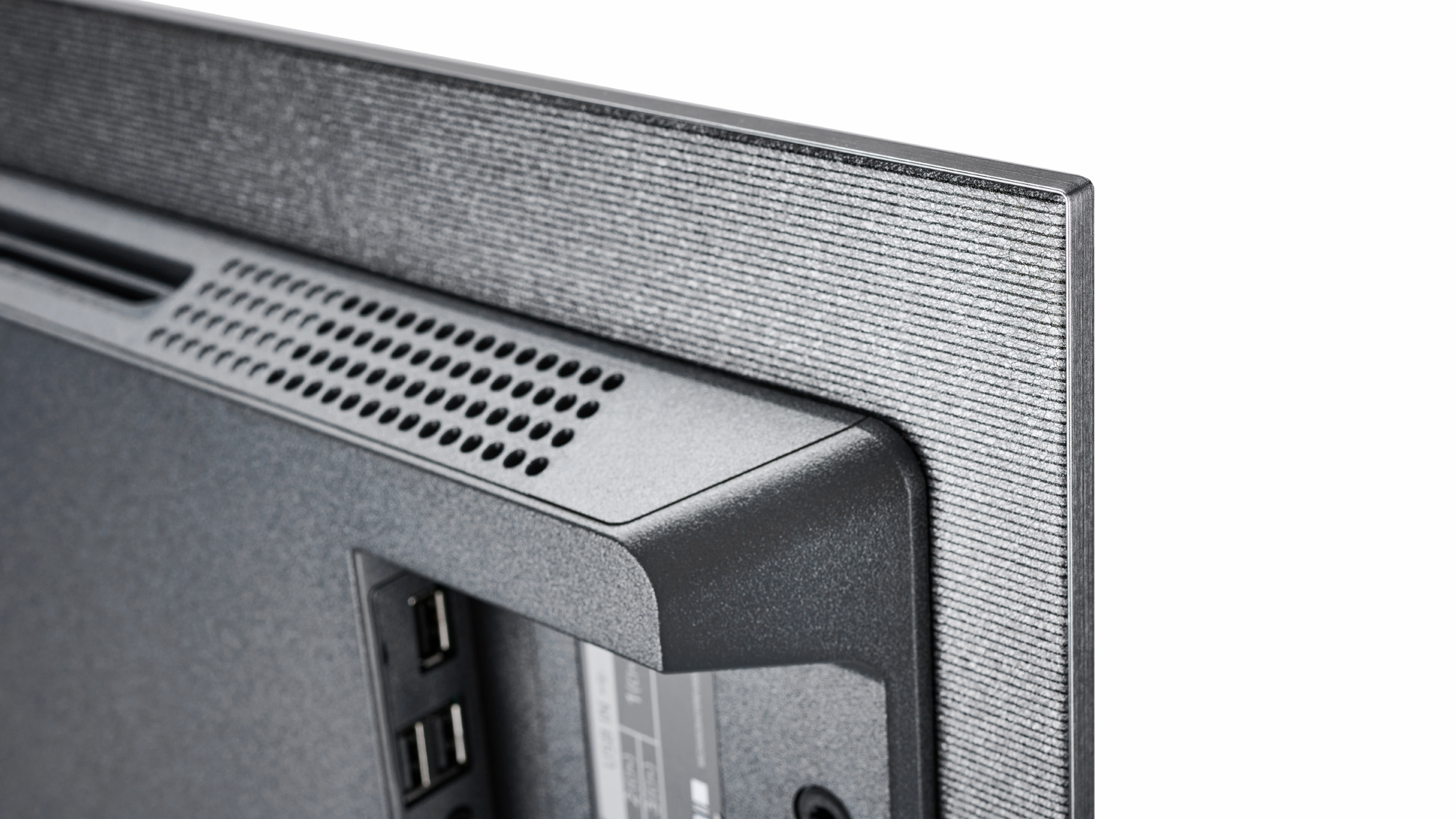
Exceptions exist but, broadly speaking, the smaller the TV, the weaker the sound, particularly in terms of volume and bass weight. The 42-inch C2 unfortunately isn’t an exception to the loose rule – it doesn’t go terribly loud even with the volume pushed to its limits, and there’s not much in the way of bass. Disappointingly, rather than being tuned to its capabilities and limitations, the C2 is allowed to attempt deep frequencies such as those offered by Blade Runner 2049, and the result is a slight but still distracting flappiness.
It is worth remembering, though, that the overall audio quality of TVs this size is pretty low, and the C2 is fairly capable among its peers. While it’s limited in terms of bass and overall volume and, by extension, dynamics, it is pretty clear, punchy and spacious in its delivery. If standard TV is your thing, you’ll have few complaints, and if you’re looking for a more cinematic sound you’ve hopefully already budgeted for at least a soundbar.
Verdict
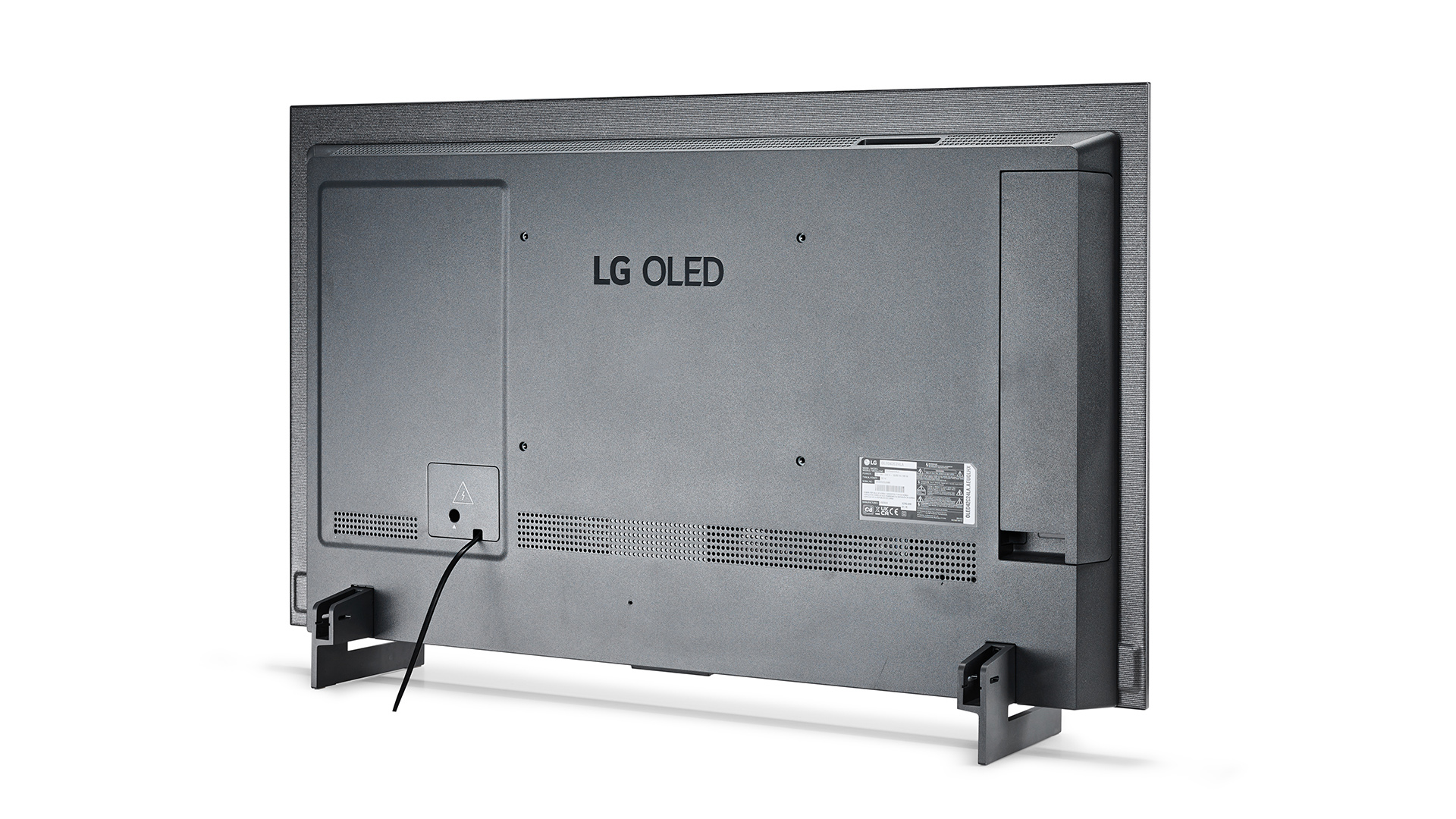
It may not sound amazing, but the LG OLED42C2 is still the best 42-inch TV there’s ever been. Partly that’s because it’s the first OLED of its size, but even against Sony’s new XR-42A90K it’s the more satisfying performer overall, particularly thanks to its fabulous contrast, colours and punch.
Add an even better gaming spec and a much lower price and you’ve got a true performance-per-pound champ.
SCORES
- Picture 5
- Sound 3
- Features 5
MORE:
See all the What Hi-Fi? Award 2022 winners
Read our review of the Philips 48OLED807
Also consider the Sony XR-48A90K
Best OLED TVs: brilliant budget and premium OLED TVs
Tom Parsons has been writing about TV, AV and hi-fi products (not to mention plenty of other 'gadgets' and even cars) for over 15 years. He began his career as What Hi-Fi?'s Staff Writer and is now the TV and AV Editor. In between, he worked as Reviews Editor and then Deputy Editor at Stuff, and over the years has had his work featured in publications such as T3, The Telegraph and Louder. He's also appeared on BBC News, BBC World Service, BBC Radio 4 and Sky Swipe. In his spare time Tom is a runner and gamer.
- Ketan BharadiaTechnical Editor

